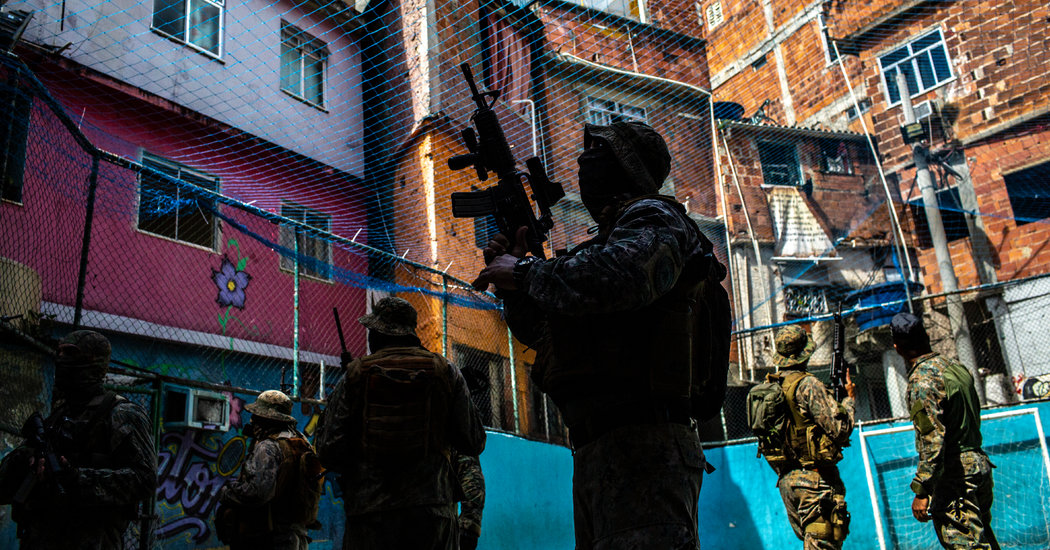RIO DE JANEIRO – Rodrigo dos Santos, 16, was traveling downhill on a motorcycle in Rio de Janeiro, a backpack full of marijuana, cocaine and crack balls on his back, when two policemen raised their rifles towards him.
The teenager passed quickly, his friend sitting behind him, clutching his waist. But within seconds, they fell in a barrage of 38 bullets fired by the police.
Rodrigo died on the way to the hospital, bleeding from a gunshot wound to his arm and three to his back. Police never claimed he was armed, and one of the officers involved, Sergeant Sergio Britto, was still on duty despite being on trial for murder, accused of shooting another man in the neck at close range.
Rodrigo’s death added to a record number of police killings in Rio last year: 1,814, a hundreds increase in a state with a long history of police brutality and a political leadership that has promised to “dig graves.” to stop crime. .
Officially, the police in Brazil can use deadly force only to face an imminent threat. But an analysis of four dozen police killings in the violent Rio district, where Rodrigo was killed, shows that officers routinely shoot people without restrictions, protected by their bosses, and the knowledge that even if they are investigated for illegal killings, It won’t stop them from going back to the beat.
In at least half of the 48 police killings analyzed by The New York Times, the deceased were shot in the back at least once, according to autopsy reports, raising questions about the impending threat necessary to justify such killings. .
In 20 of the cases, the police shot the individual at least three times.
And of all the police killings reviewed by The Times, only two officers reported being injured. One was a self-inflicted accident: It happened when an officer shot himself while his rifle failed. The second officer tripped and fell.
A quarter of the police killings examined by The Times involved an officer who had previously been charged with murder. Half of the murders were carried out by agents accused of at least one crime. An officer had been removed from service for a psychological evaluation after supervisors were alarmed by the staggering amount of ammunition he fired on duty in one year – more than 600 shots.
Some officials also acknowledge that police officers kill suspected criminals in premeditated ambushes.
Police shootings have continued this year, even with the state ordering companies to shut down and urging people to stay home due to the coronavirus. On Friday, police killed 13 people during an operation in a poor part of Rio. No officer was killed.
But the shootings, including last year’s unprecedented deaths, many of which occurred in slums controlled by drug gangs, have generated relatively little outrage among Braziliansweary of the violence.
By contrast, the increase in police killings, which coincided with a general drop in crime in Rio, is consistent with campaign promises by President Jair Bolsonaro and Governor William Witzel, a former federal judge who took office in January 2019. Both have committed A total war against criminals reminiscent of the brutal police killings supervised by President Rodrigo Duterte in the Philippines.




